Investing in education is one of the most important gifts you can give to your children or loved ones. As the cost of higher education continues to rise, having a well-structured college savings strategy is essential for providing financial support and ensuring a bright future. In this article, we’ll explore two popular college savings strategies—529 plans and Coverdell Education Savings Accounts (ESAs)—as well as other important considerations to help you make informed decisions when preparing for the educational journey ahead.
529 Plans: Tax-Advantaged Savings for Education
The 529 plan is popular among college savings strategies because it is a tax-advantaged savings account designed specifically for education expenses. These plans are offered by states and educational institutions and come in two main types: prepaid tuition plans and education savings plans. Prepaid tuition plans allow you to lock in future tuition rates at participating colleges, while education savings plans provide a range of investment options for college expenses.
Benefits of 529 Plans
- Earnings grow tax-free as long as they are used for qualified education expenses.
- Contributions may be tax-deductible in some states.
- Flexibility in using funds for various educational expenses, including tuition, fees, books, supplies, and room and board.
Coverdell Education Savings Accounts (ESAs): A Versatile Option
Coverdell ESAs are also popular among tax-advantaged college savings strategies. They provide an option for saving for education expenses, including primary and secondary education in addition to higher education. These accounts allow you to invest in a variety of assets, such as stocks, bonds, and mutual funds, giving you greater control over your investment strategy.
Benefits of Coverdell ESAs
- Earnings grow tax-free when used for qualified education expenses.
- Contributions are not tax-deductible, but withdrawals for qualified expenses are tax-free.
- Funds can be used for education expenses from kindergarten through college.
Considerations When Choosing One of These College Savings Strategies
When deciding between a 529 plan and a Coverdell ESA, there are a few factors to consider:
Eligibility: Coverdell ESAs have income limits for contributors, while 529 plans typically have no income limits. This makes 529 plans accessible to a wider range of individuals.
Contribution Limits: Both 529 plans and Coverdell ESAs have annual contribution limits, with 529 plans generally allowing higher contributions.
Qualified Expenses: While both plans cover a range of education expenses, 529 plans offer more flexibility for higher education costs, while Coverdell ESAs encompass primary and secondary education as well.
Investment Options: 529 plans often offer a selection of investment options managed by professionals, while Coverdell ESAs provide more control over investment choices.
Since every family’s financial circumstances and goals are unique, it’s important to be deliberate about choosing the option that makes the most sense for you. Plus, 529 plans and Coverdell ESAs are not the only college savings strategies available.
Other College Savings Strategies
In addition to 529 plans and Coverdell ESAs, there are other strategies you can consider to supplement your college savings:
Custodial Accounts: Uniform Gift to Minors Act (UGMA) and Uniform Transfer to Minors Act (UTMA) accounts allow you to invest on behalf of a minor. However, these accounts lack the tax advantages of 529 plans and Coverdell ESAs.
Roth IRAs: While primarily designed for retirement savings, Roth IRAs can also be used for education expenses. Contributions can be withdrawn penalty-free, and earnings can be withdrawn tax-free for qualified education expenses.
Are You in the Process of Choosing Between College Savings Strategies?
Planning for higher education is an investment in the future of your loved ones. By understanding the nuances of 529 plans, Coverdell ESAs, and other college savings strategies, you can make well-informed decisions that align with your financial goals. Whether you choose a tax-advantaged 529 plan, a versatile Coverdell ESA, or explore other options, the key is to start early and consistently contribute to creating a solid foundation for educational success. As you navigate the landscape of college savings, you’re not only providing the gift of education but also empowering the next generation to achieve their academic aspirations.
Would you like professional guidance on college savings strategies and how to incorporate multiple goals into a cohesive and comprehensive financial plan? We can help! Contact us today to meet with a member of the Principal Preservation Services team.









